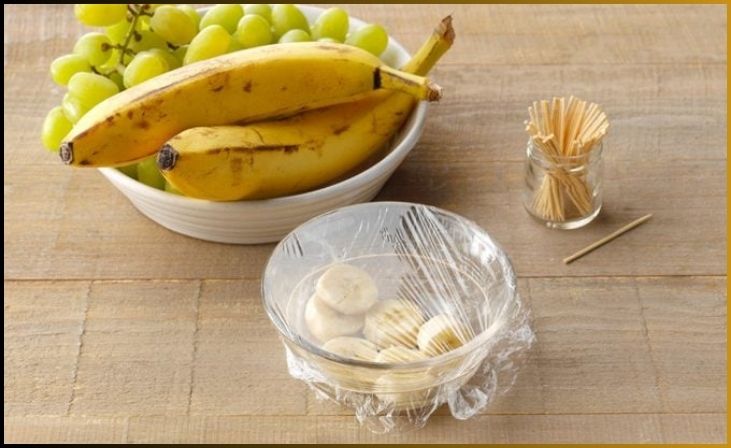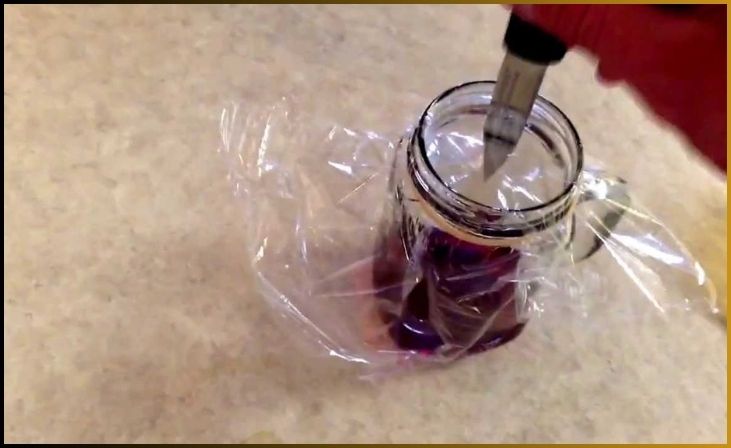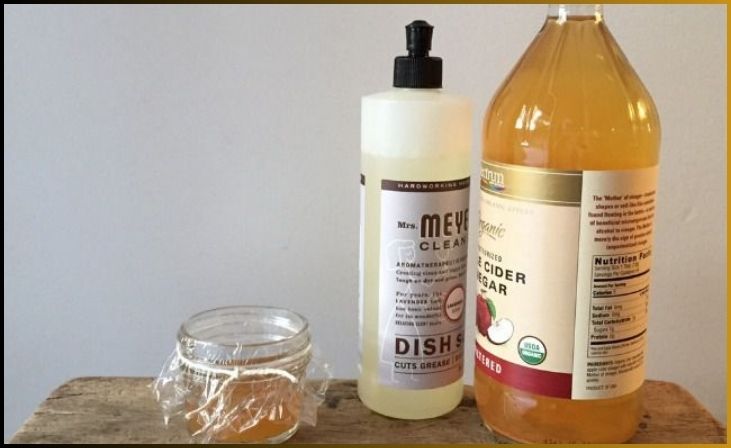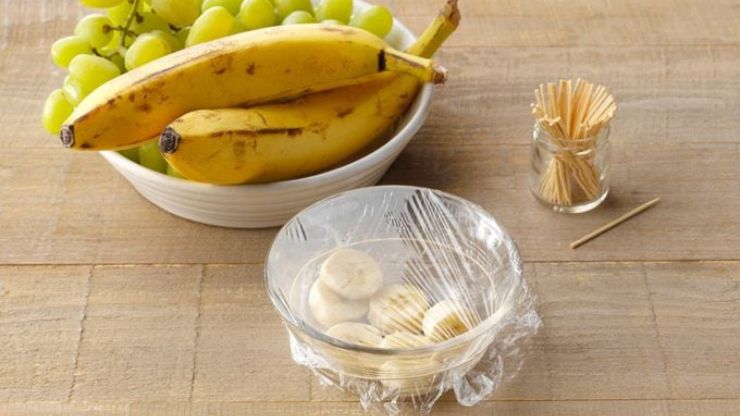In the delicate dance between kitchen and nature, few intruders disrupt the harmony quite like fruit flies. These tiny, persistent pests seem to materialize out of thin air, making a beeline for our ripening fruits and vegetables. Fear not, for in the battle against these buzzing nuisances, we wield a simple yet potent weapon: the fruit fly trap.
In this blog, we embark on a journey to reclaim our kitchen spaces by exploring the art of making effective fruit fly traps. From pantry staples to DIY solutions, join us as we discover practical and budget-friendly ways to bid farewell to fruit flies, turning our homes back into havens of freshness and tranquility.
Table of Contents
ToggleThe Enemy: Fruit Fly Behavior
Before we delve into crafting effective traps, it’s essential to understand the behavior of fruit flies. These insects are attracted to ripening or fermenting fruits and vegetables, as well as other organic materials. They reproduce rapidly, making it crucial to address the issue promptly.
DIY Fruit Fly Trap Methods:
1. Apple Cider Vinegar Trap:

Materials:
- Apple cider vinegar
- Dish soap
- Plastic wrap
- Rubber band
- Small container or jar
Instructions:
- Fill a small container or jar with about half an inch of apple cider vinegar.
- Add a few drops of dish soap to break the surface tension.
- Cover the container with plastic wrap and secure it with a rubber band.
- Poke small holes in the plastic wrap, large enough for fruit flies to enter.
- Place the trap near the source of the fruit fly activity.
Also Read- How to Ferment Garlic
2. Banana Trap with Plastic Wrap:

Materials:
- Overripe banana
- Plastic wrap
- Rubber band
- Small container
Instructions:
- Place an overripe banana in a small container.
- Cover the container with plastic wrap and secure it with a rubber band.
- Poke small holes in the plastic wrap.
- Position the trap where fruit flies are most prevalent.
3. Red Wine Trap:

Materials:
- Red wine
- Dish soap
- Plastic wrap
- Rubber band
- Small container
Instructions:
- Pour a small amount of red wine into a container.
- Add a few drops of dish soap.
- Cover the container with plastic wrap and secure it with a rubber band.
- Create small holes in the plastic wrap.
- Place the trap in the affected area.
4. Vinegar and Dish Soap Jar:

Materials:
- White vinegar
- Dish soap
- Small jar or glass
Instructions:
- Fill a small jar or glass with white vinegar.
- Add a few drops of dish soap.
- Place the jar where fruit flies are most concentrated.
Tips for Success
Proximity to the Source: Positioning fruit fly traps in close proximity to the source is a key strategy for effective pest control. Since fruit flies are attracted to overripe fruits, vegetable scraps, and other organic matter, it’s crucial to place traps near these potential breeding grounds. By strategically locating traps in areas with the highest fruit fly activity, such as near fruit bowls, compost bins, or kitchen counters, you increase the likelihood of capturing the pests before they have a chance to reproduce. Proximity to the source enhances the traps’ efficacy, creating a targeted approach to combat the fruit fly infestation at its roots.
Don't just scroll, subscribe!
BuzzTrail's unique web-stories are the cure for boredom you've been waiting for.
Regular Maintenance: Regular maintenance is paramount for the continued effectiveness of fruit fly traps. Emptying and refreshing the traps at regular intervals, typically every few days, ensures that they remain potent and appealing to fruit flies. As traps capture and contain the pests, maintaining cleanliness prevents the buildup of decomposing insects, reducing the risk of secondary infestations. This proactive approach not only maximizes the traps’ lifespan but also contributes to a consistent and successful fruit fly control strategy, ultimately creating a cleaner and more pest-free environment.
Experiment with Scents: Experimenting with scents is a creative approach to optimizing the effectiveness of fruit fly traps. Fruit flies are drawn to specific aromas, and tailoring the scent of your traps can make them even more enticing. While apple cider vinegar is a popular attractant, don’t hesitate to explore alternatives like red wine, balsamic vinegar, or beer. Additionally, incorporating essential oils such as citrus, basil, or mint can add a new dimension to your traps. By experimenting with different scents, you can identify which ones prove most appealing to the fruit flies in your environment, enhancing the traps’ overall efficacy in capturing and controlling the pest population.
Preventive Measures: Implementing preventive measures is crucial for managing fruit fly infestations proactively. Store fruits and vegetables in sealed containers to minimize attractive scents that lure fruit flies. Regularly clean kitchen surfaces, promptly dispose of overripe or rotting produce, and seal trash containers tightly. Additionally, maintaining a clean kitchen environment and promptly addressing spills or crumbs reduces potential breeding grounds. Natural repellents like citrus peels, basil plants, or essential oils can create an atmosphere less appealing to fruit flies. By adopting these preventive measures, you create an inhospitable environment for fruit flies, minimizing the likelihood of infestations and fostering a cleaner and more hygienic living space.
For More- How To Make Fermented Rhubarb
Conclusion
Banishing fruit flies from your living space is a manageable task with the right approach. By crafting and strategically placing DIY fruit fly traps, you can effectively control and eliminate these pests without resorting to harsh chemicals. Experiment with different trap methods, stay consistent with preventive measures, and regain control over your home. With this comprehensive guide, you’re armed with the knowledge to tackle fruit fly infestations and enjoy a pest-free environment. Say farewell to those pesky intruders and reclaim the freshness of your kitchen and living spaces.
FAQs
Why are fruit flies attracted to my home?
Why are fruit flies attracted to my home?
Fruit flies are drawn to ripening or fermenting fruits and vegetables, as well as other organic materials like spilled juice, soda, or crumbs. Keeping these areas clean and using fruit fly traps can help control their presence.
How quickly do the traps work?
How quickly do the traps work?
The effectiveness of traps depends on factors such as trap placement, attractants used, and the severity of the infestation. Traps typically start capturing fruit flies within a day or two, with significant results within a week.
Can I use multiple types of traps simultaneously?
Can I use multiple types of traps simultaneously?
Yes, using multiple types of traps simultaneously can be an effective strategy. Different traps appeal to fruit flies in various ways, increasing the likelihood of capturing them.
How often should I refresh the traps?
How often should I refresh the traps?
It’s advisable to refresh the traps regularly, at least every few days. Empty the contents, clean the trap, and add fresh attractant. This ensures the traps remain potent and continue attracting fruit flies.

